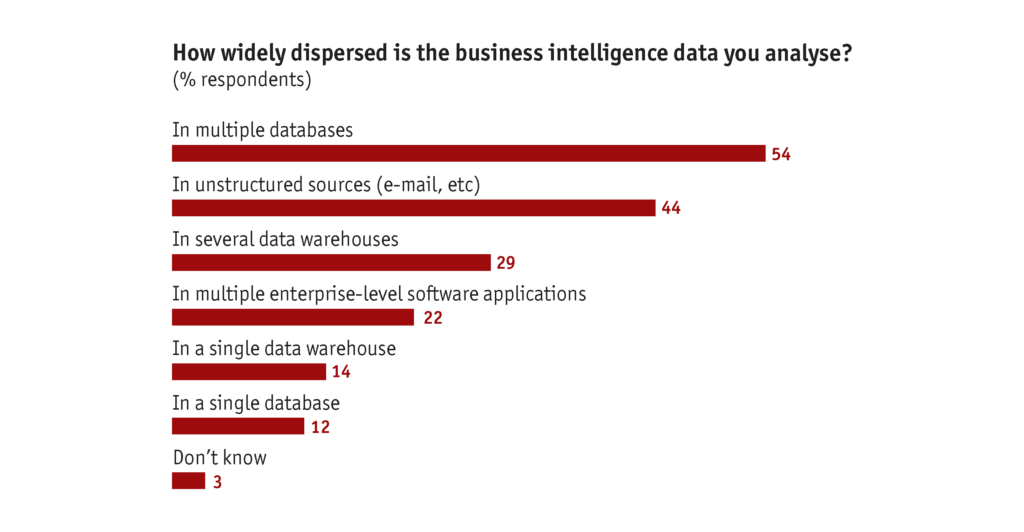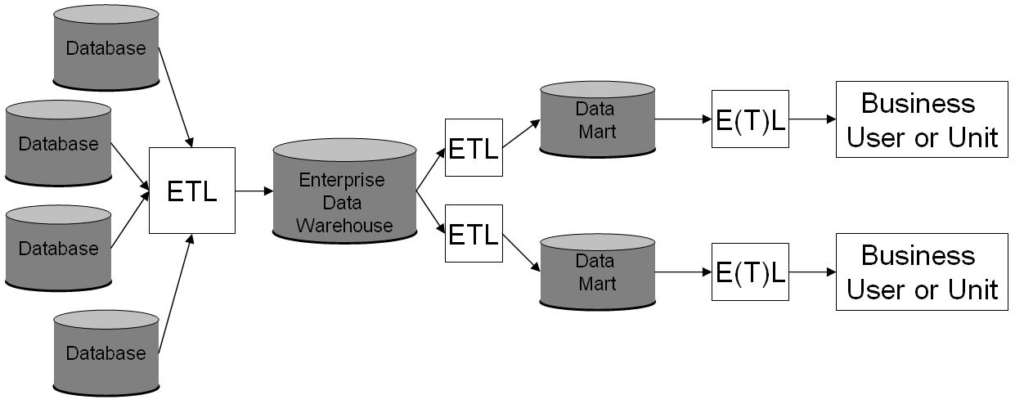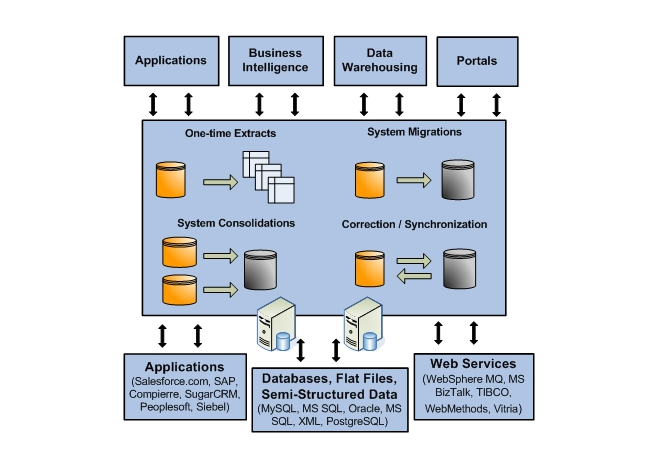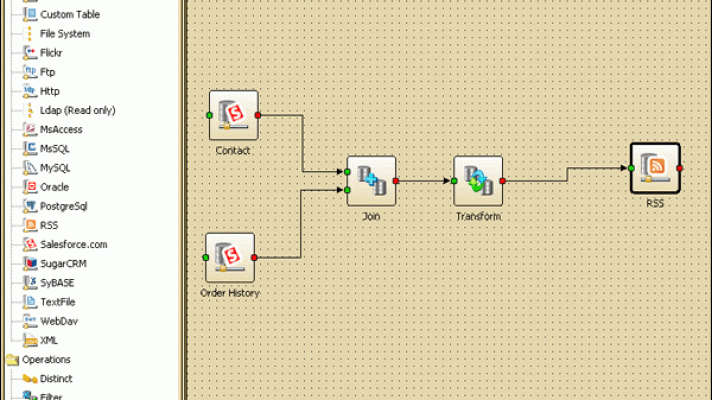Why Business Intelligence for Data Warehousing?

BI fostering decision-making
Earlier, applications were designed to address specific needs and run independently. Today, the market for packaged enterprise software is exploding, creating an immediate need for integrating multiple independently developed and heterogeneous programs. Simplification, integration, and reduction of applications running is as relevant as ever.
Same goes for data. Now, enterprises tend to replace their static reports and charts with real-time business platforms based on adaptive IT architectures. For better or worse, business intelligence (BI) tools enhance communication across enterprises, coordinate resources, and enable companies to interact more quickly in our ever-changing world.
Well, the numbers speak for themselves.
“The use of business intelligence software has now assumed a high profile in many organizations, says the research [by the Evaluation Centre], with 66% of senior managers seeing it as ‘very critical’ or ‘critical’ to their decision making. This positive approach is reflected in the fact that 67% of organizations plan to extend the scope of their data warehousing activities to new functional areas, while 64% will be further exploiting their existing information.”
 The role of BI in creating a consolidated view of business-critical data (image credit)
The role of BI in creating a consolidated view of business-critical data (image credit)
BI + DW = the right decisions
Business intelligence is changing the way businesses work and think. BI implies not only moving data around and producing reporting services, but also keeping pace with the constantly changing and dynamic business requirements.
In the world of business intelligence, there’s no place for people who manage by gut. Auch that hurts, huh? But that’s true. People who use their intuition only or a gut feeling to make major decisions in business usually lose to those using BI in support of management decisions.
It’s like with cars: your serviceman knows exactly what that noise under your hood means and what has to be repaired or replaced in your car, while you might only suspect that something’s wrong with the engine or breaks or gearbox and if you were to repair your car, you’d be more likely to break something else than repair what’s broken.
Employing BI strategies and techniques, like, for instance, data warehousing (DW), provides the security and assurance you need to keep your business up and be sure of your decisions. When success depends on how quickly a company responds to rapidly changing market conditions, BI is where you turn for help. It fast-forwards the decision-making processes and provides you with the insight necessary to make the right decisions faster.
 A data warehouse feeding data marts (Image credit)
A data warehouse feeding data marts (Image credit)With the modern technologies of data integration, warehousing, and analysis, you get a single complete view of your organization’s past, present, and potential future with the major problematic areas already figured out for you. All that is left is for this perspective to be put into action.
With data warehousing being an indispensible attribute of BI, I’d say it’s also one of the key components in making the company’s decision-making life cycle more efficient and productive.
Less = simple = better?
With BI in place, the reduction of “noise”—created by thousands of processes and systems—is critical to businesses. However, it is important to keep the balance, providing imformation relevant to people and helpful for making decisions.
Scott Davis has recently blogged on the idea that reduction does not necessarily mean simplification. As an example, he used his son’s physics class, where kids were more comfi with a loger formula than with its shorter equivalent. It was easier for kids to comprehend and intuitively solve the longer formula as “each equation component was visible and was easy to relate to each of the respective forces at play”. Scott goes on discussing this issue by taking it into today’s BI world.
“We try to boil down lots of unique moving parts of the Strategy Gameboard into a single pithy Vision Statement—and then, we’re surprised when employees feel no connection with it. Or, we try to homogenize data and reporting from the variety of functional areas around the business into an non-descript blob of a common-denominator centralized business intelligence program—and then, we’re surprised when departmental analysts keep using their own stuff.”
So, keeping the balance is important, as well as integrating the necessary data into your BI workflow.
Using Apatar for enterprise DW and BI
As you can see from the diagram above, ETL is an important part of the DW processes. This is where Apatar can really help.
Apatar employs a powerful business rules–driven approach to ETL, which separates the business rules from the implementation details. Apatar’s architecture eliminates the need for a standalone ETL server and proprietary engine, and instead leverages the inherent power of your RDBMS engines. This combination provides the greatest productivity for both development and maintenance, as well as performance increase for the execution of data transformation and validation.
 ETL as a core of integration for BI and data warehousing (Image credit: Apatar)
ETL as a core of integration for BI and data warehousing (Image credit: Apatar)Apatar’s difference:
- Productivity advantage and a short learning curve: the business rules–driven approach is shared throughout Apatar, regardless of data, event, or service orientation of each integration mechanism.
- Shared, reusable metadata: with a single DataMaps repository, the consistency of the integration processes is guaranteed. The repository also promotes the reusability of business rules for data transformation and data validation across processes.
- Open-source architecture: Unlike all proprietary data integration software and many open-source solutions, Apatar is 100% open-source with no proprietary code.
By the way, enterprise information integration (EII) is another related technology that seems to be neglected in the SOA, mashup, and warehousing craze of the day. With the ability to integrate data from multiple data sources that EII/ETL tools like Apatar provide, and with the scalability of warehousing apps, you could work wonders.
Further reading
- 5 Things to Watch Out for in Data Warehousing
- Top Data Integration Challenges: Meet DQ, CDI, EAI, DW, and BI
- BI Has No Future? What Do Surveys Say?






